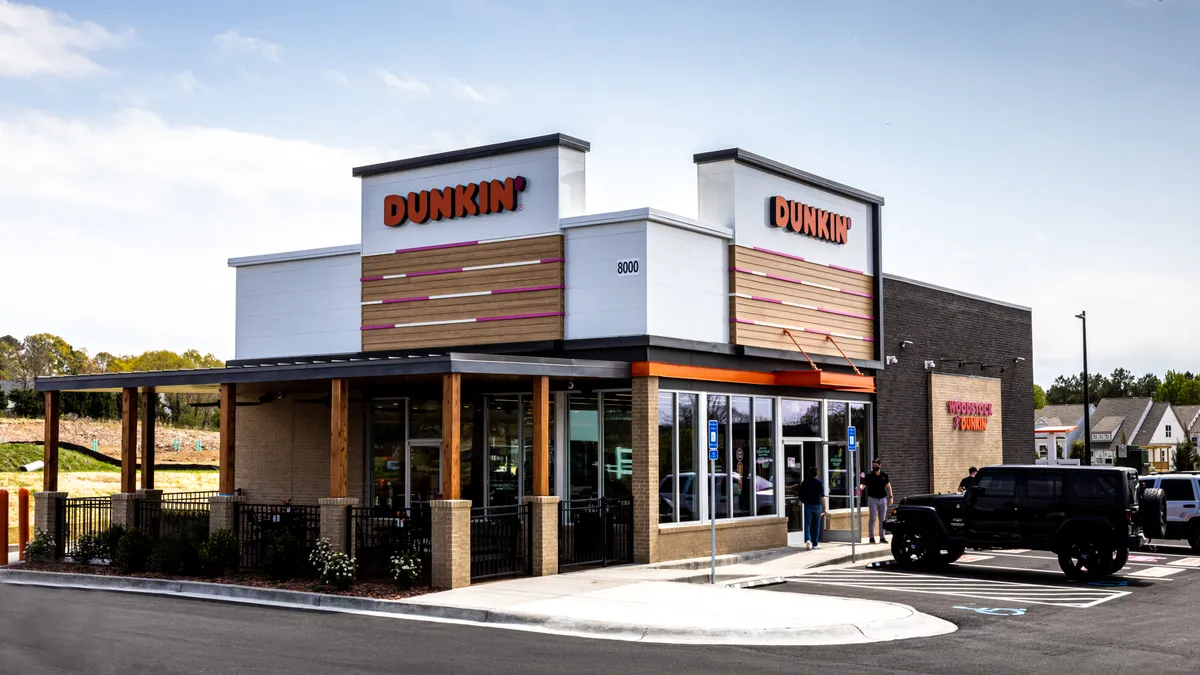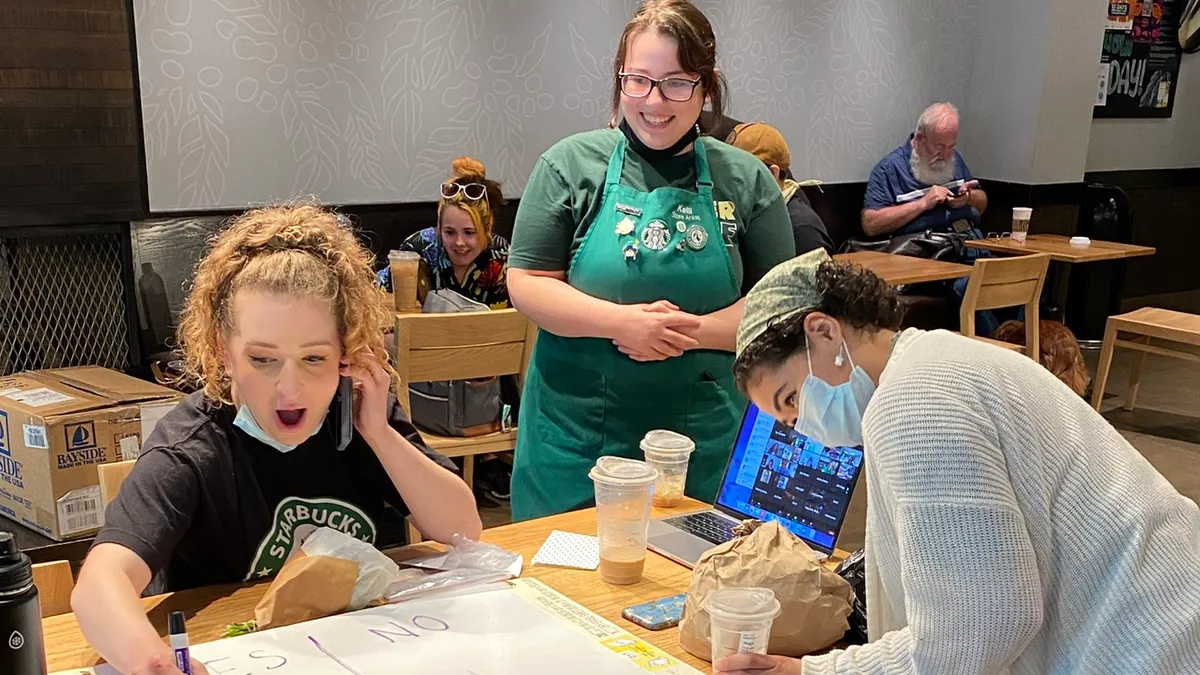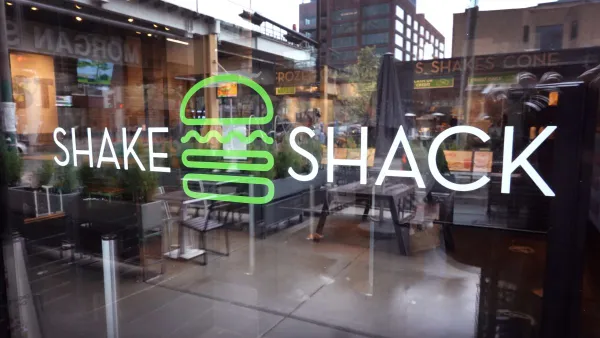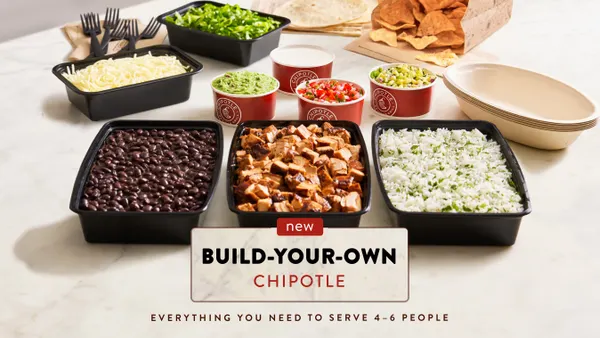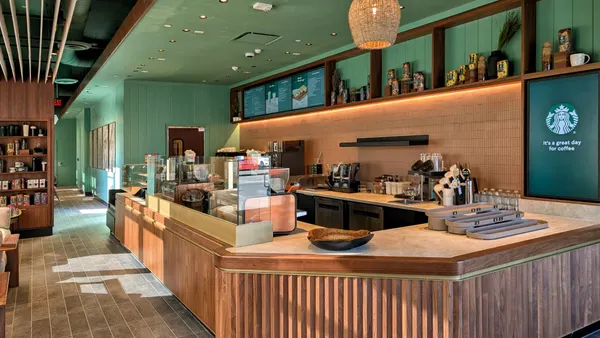Dive Brief:
- New research from TDn2k found that 33 of the 146 chains it researched last year reported increased customer traffic, Restaurant Business reports.
- The research firm analyzed what those chains did differently and found three distinctions — mid-afternoon daypart growth, an increase in off-premise sales and higher service scores.
- Higher pricing is a traffic deterrent, according to the research. Chains that experienced negative traffic had prices that were nearly 2% higher than companies with positive traffic.
Dive Insight:
It is perhaps surprising that about 29% of chains experienced net positive traffic growth in 2018, considering that declining guest counts have been a major narrative throughout the past few years across all segments of the industry. Technomic data shows that traffic at chain restaurants continued to decline in September by 5.6%.
Perhaps the biggest example of this trend has been McDonald’s. During that company’s earnings call Wednesday, CEO Steve Easterbrook once again brought up the company’s traffic woes. Consistent with the TDn2k report, CFO Kevin Ozan said menu price increases were up about 2% during the quarter.
Mid-afternoon traffic has been on a growth trajectory for the past few years as chains from Sonic to Taco Bell push snack menus and drink promotions. Businesses that focused on this non-traditional daypart grew afternoon traffic by nearly 10%, according to TDn2K. This trajectory falls in line with consumer trends — market research from NPD finds that snacks account for 19% of total food service occasions, and that 81% of consumers have purchased a snack at a QSR.
TDn2k also found that a focus on the takeout business yielded a 15% jump in traffic. Off-premise business is a rare growth opportunity in the industry right now, and statistics in support of off-premise dining are staggering — 86% of consumers are using off-premise channels at least once a month, and a third of consumers are using it more than they did a year ago, according to Technomic.
Earlier this week, Wyman Roberts, CEO of Chili’s parent company Brinker International, said that the brand’s to-go sales grew by 20% in Q2 to total 12% of the entire business. He also noted that Chili’s has experienced its best traffic growth in 10 years.
Off-premise growth is clearly the product of consumers forging a convenience-centered, stay-at-home economy. The affinity toward takeout specifically could indicate that while consumers want to eat at home more, they aren’t fully comfortable paying the added fees that come with having their food delivered.
Finally, TDn2K measured guest sentiment of brands on social media, noting that the chains that boosted traffic generated 6.5% more positive comments than those that experienced declines. This poses a major challenge for the industry, as operators navigate the most competitive job market in decades and the fastest quitting rate in 17 years, a trend that could easily compromise service. It is worth noting, however, that chains can hit on all of these cylinders and still be at risk for traffic erosion if they’re oversaturated in the market.



